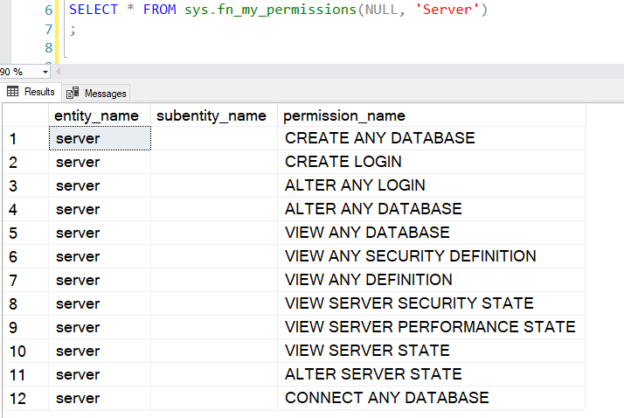
Fixed Server Roles in Azure SQL Database Server
April 6, 2022This article is for discussing fixed server roles in Azure SQL Database Server.

This article is for discussing fixed server roles in Azure SQL Database Server.
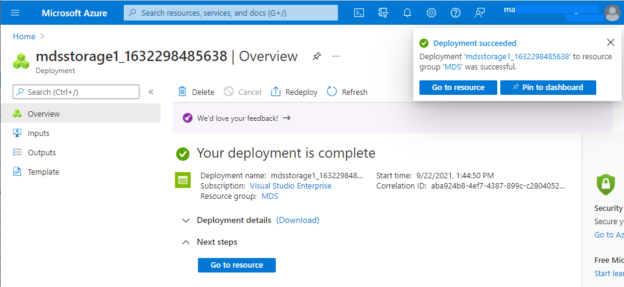
This article will help you understand the Azure storage options available in the Microsoft Azure cloud. Microsoft Azure provides various services to store data depending on their type, nature, shape, and size. Data could be anything like an image, a video, a text file, a database file to store customer’s data, or data that comes […]
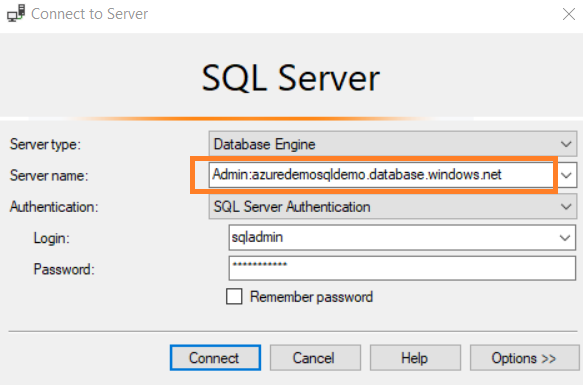
This article explains SQL Server Dedicated Administrator Connections and how you can use it for Azure SQL Database.
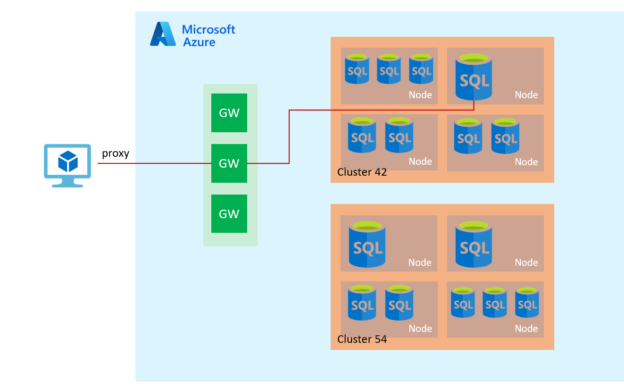
The article Configure IP firewall rules for Azure SQL Databases, discuss the configuring server and database IP firewall rules for Azure databases. In this article, we will explore setting applicable to Azure databases that control connectivity to the database.
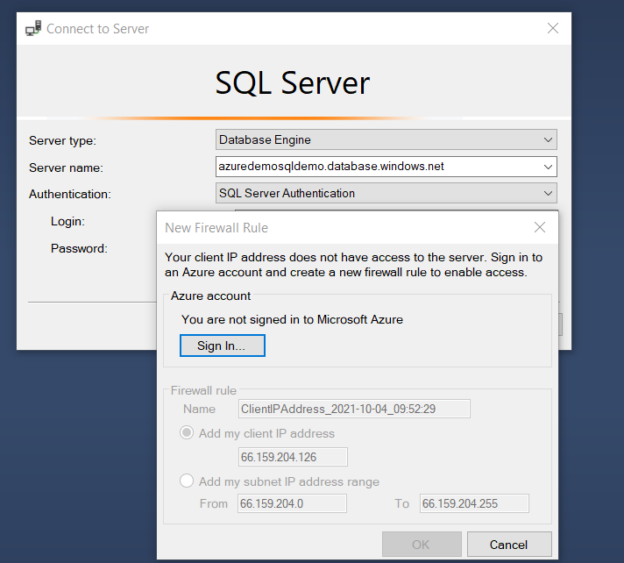
The Azure SQL Database provides high performance, secure and reliable managed relational database service. Security is the prime focus area in both on-premises and cloud infrastructure while designing the database infrastructure.

As a Platform as a Service (PaaS) service, Azure SQL Database enables developers to deploy SQL Database in Azure Cloud without managing the infrastructure. We use SQL Server Agent to schedule jobs to run at a specific schedule in an on-prem SQL instance. However, Azure DB does not have agent functionality.
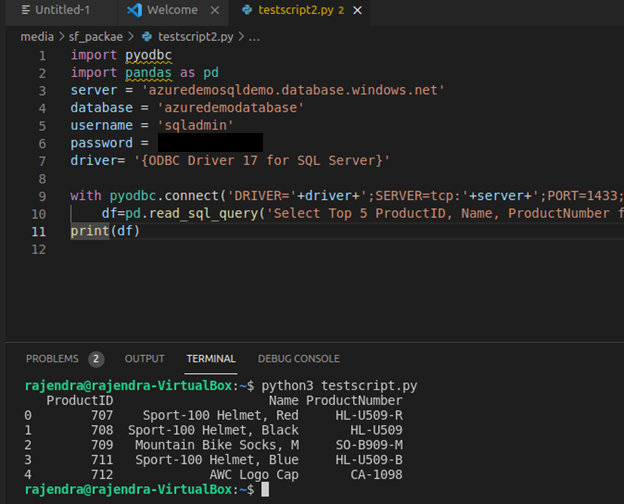
Azure SQL Database or Managed instance is a Microsoft cloud offering for SQL Server in the managed cloud environment. Usually, we connect databases from SQL Server Management Studio, Azure Data Studio, or applications for query data.

The database contains business, customer sensitive and confidential data. Therefore, securing the database environment is the prime responsibility of a database administrator. If you plan to host your databases in Microsoft Azure, you can choose the platform as a service solution – Azure SQL Database. The Azure SQL DB is a fully managed database service; […]
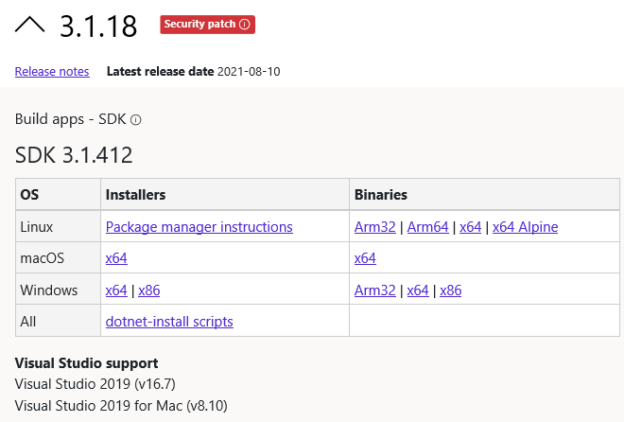
This article explores an alternative solution for SSDT using Azure Data Studio for both Windows and Linux SQL Server.
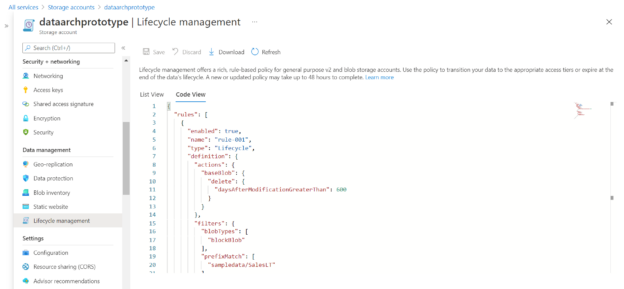
This article will show how to manage the lifecycle of data using the features available in the Azure Blob Storage account.
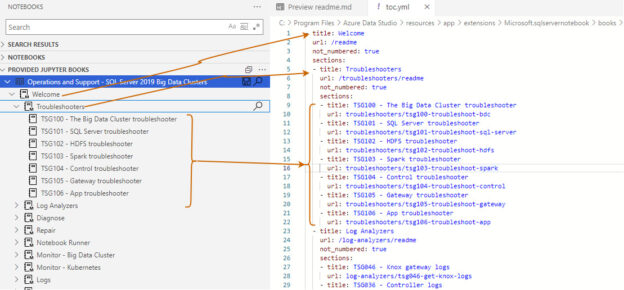
This article introduces and explores the Jupyter books in the Azure Data Studio.
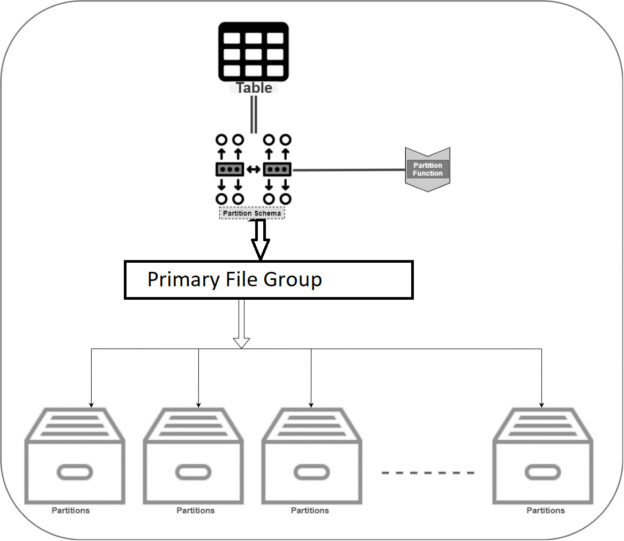
This article explores the process of table partitioning in Azure SQL Database and explains how it differs from on-premises SQL Server.
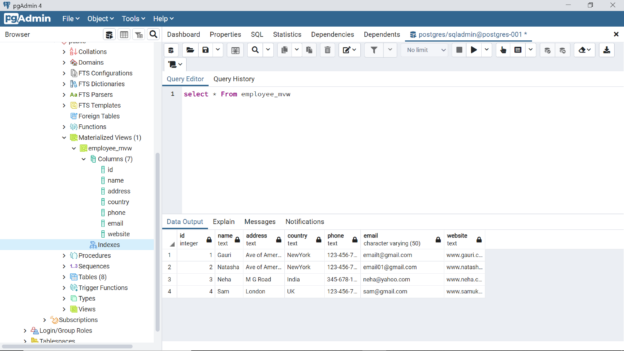
In this article, we will learn the basics of working with views in the Azure Database for PostgreSQL.
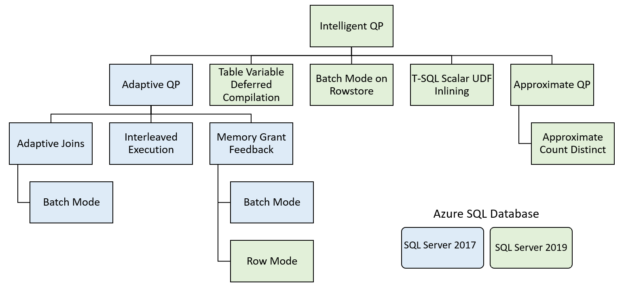
This article explores the scalar UDF performance issues and improvements in Azure SQL Database using UDF Inlining.
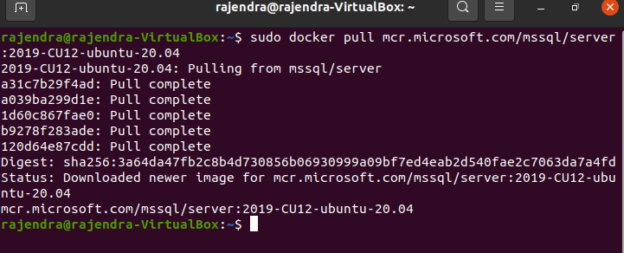
This article will walk you through the process of creating, importing a customized SQL Server image into Azure Container Registry and finally deploying an Azure Container instance using it.
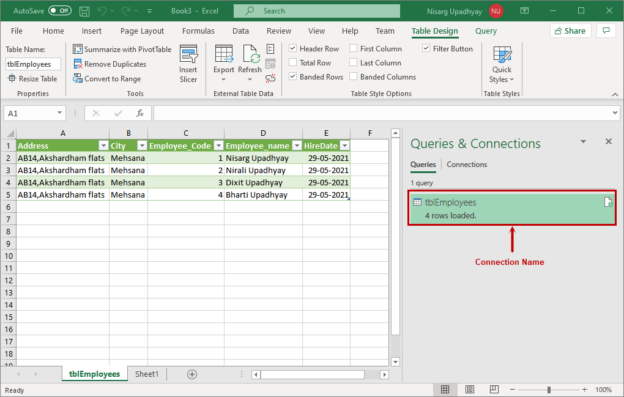
This article helps you learn how to configure an ODBC driver to connect the Azure Database for PostgreSQL. In my previous article, Configure ODBC drivers for PostgreSQL, you learned the step-by-step process to download, install and configure the ODBC driver for PostgreSQL. We also learned the process of creating a DSN used to connect PostgreSQL […]
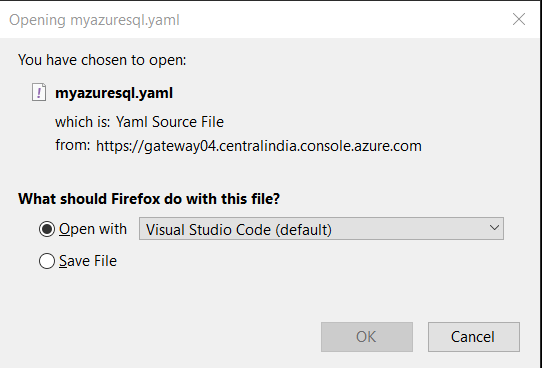
The Azure Container Instances provides a flexible solution for implementing container-based images in Azure infrastructure quickly. It does not require building the virtual machine, installing applications like Microsoft SQL Server, or configuring the software. You can choose the container images from the libraries and build solutions. You can use non-persisted(default) and persisted storage to avoid […]
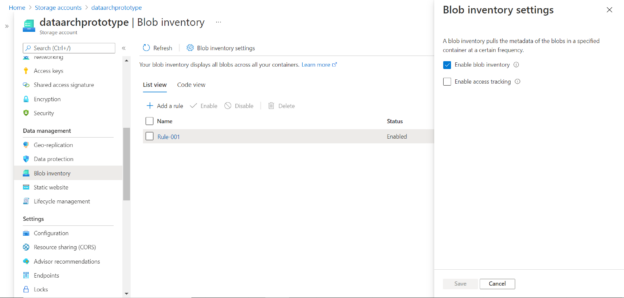
In this article, we will learn how to configure Blob Inventory in an Azure Blob Storage account.
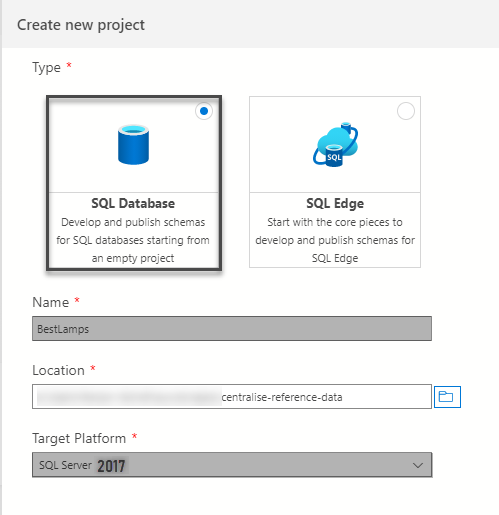
This article talks about centralizing reference tables in Azure Data Studio during the database development process for ease of deployments to multiple environments such as dev, test and production.
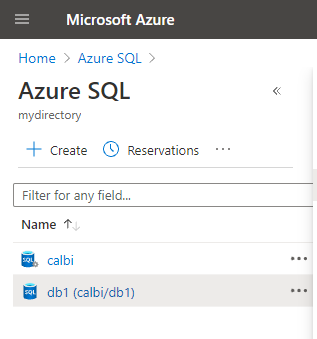
Introduction In this article, we will talk about Azure SQL. The article will compile the FAQ about this topic. The article will cover FAQ related to concepts for newbies, prices, some common features, migration and several links for references to get higher details on specific topics.
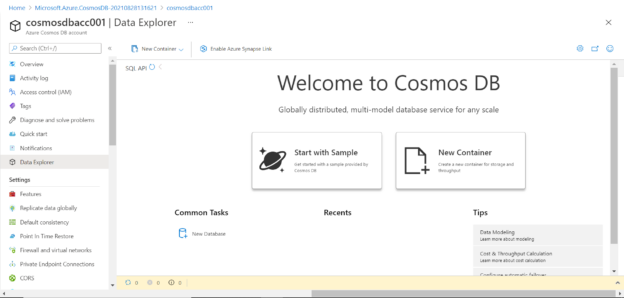
In this article, we will learn how to perform a point-in-time restore in Azure Cosmos DB on an account that has been configured with a continuous backup policy.
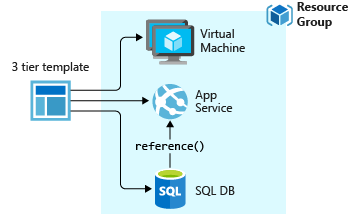
The Azure Resource Manager (ARM) template is a JavaScript Object Notation (JSON) file for deploying Azure resources automatically. You can use a declarative syntax to specify the resources, their configurations. Usually, if you need to deploy Azure resources, it might be a tiring experience of navigating through different services, their configurations. With the ARM templates, […]
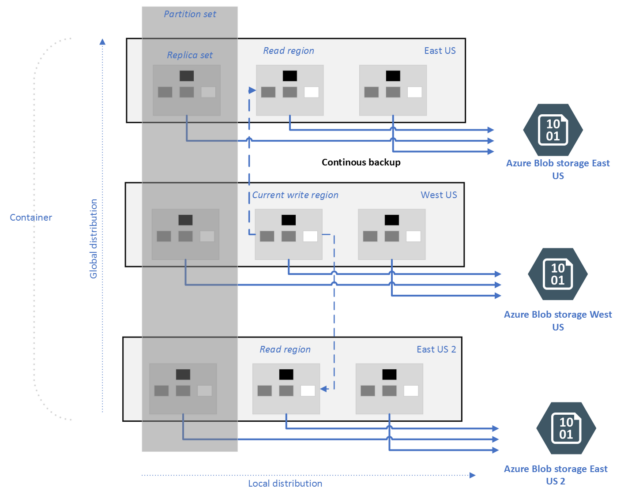
In this article, we will learn what continuous backup is and how to configure it on an Azure Cosmos DB account.
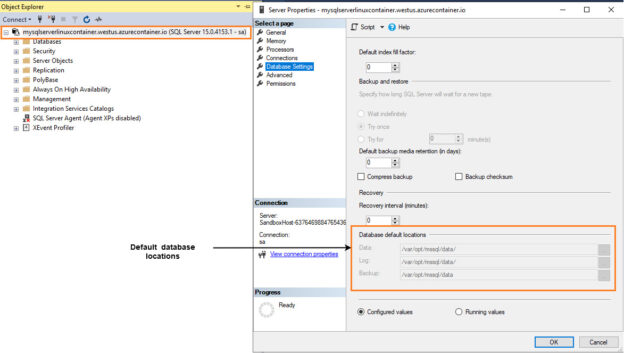
In the articles, Deploying Azure Container Instances for SQL Server 2019 and Create Azure Container Instances for SQL Server 2019 using Azure CLI, we explored Azure Container Instances for SQL Server on Linux. These containers are stateless. Therefore, if you stop or restart container instances, you lost your data. Suppose, being a developer, you created […]
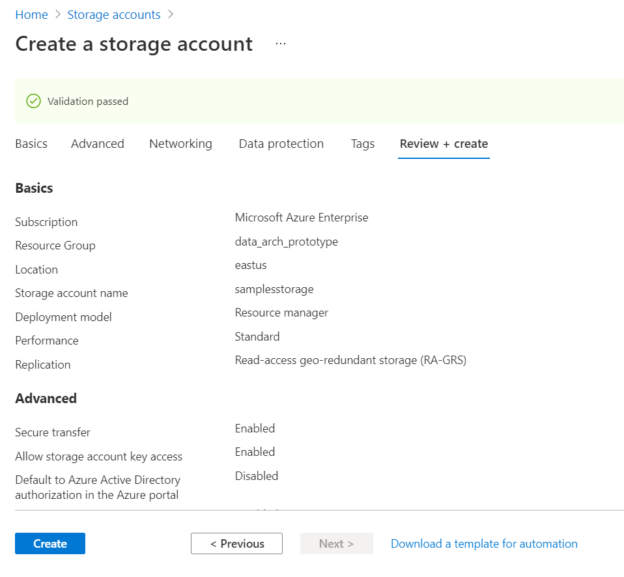
In this article, we will learn how to create an Azure Blob Storage account and understand all the different configuration options and their impact on the blobs stored in the account.
© Quest Software Inc. ALL RIGHTS RESERVED. | GDPR | Terms of Use | Privacy